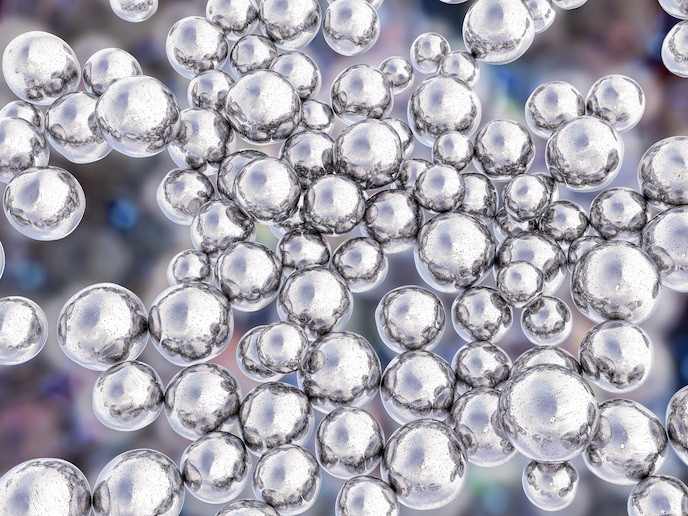Cleaner images without a vacuum
Mass spectrometry (MS) is a ubiquitously used method of measuring the molecular mass of a sample. It has helped scientists in a variety of fields including analysis of proteins, drug metabolism and water quality. The process relies on ionisation of the sample, typically done by carefully preparing it and introducing it into a vacuum chamber with an ionisation source. Desorption electrospray ionisation (DESI) is a novel technique combining conventional electrospray ionisation (ESI) with a family of desorption ionisation (DI) methods. It enables the analysis of molecules present on a surface by MS at ambient (room) pressure without the requirement of a vacuum procedure. The EU-funded project HIGHRESDESI characterised fundamental DESI processes, to date poorly understood despite its increasing use and utility. Knowledge was used to enhance its relatively poor Limit of Detection (LoD), relative to other MS techniques, by coupling DESI to a high-resolution Fourier Transform Ion Cyclotron Resonance Mass Spectrometer (FT-ICR-MS). The use of ferromagnetic nanoparticles to visualise surfaces subjected to DESI helped to elucidate the mechanism of surface pattern formation. Scientists then exploited another vacuum-based ionisation technique, matrix-assisted laser desorption ionisation (MALDI), and its commercially available software. Researchers extended the MALDI imaging software to enable ambient pressure ionisation imaging with the same user interface and software tools. Tests on brain tissue sections using DESI coupled to a high-resolution FT-ICR-MS demonstrated the ability to resolve several ions of nearly identical mass. Ionisation at ambient pressure can be affected by the surface of the substrate on which the sample is immobilised. Previous reports have supported the advantages of commercially available nanostructure-assisted laser desorption ionisation (NALDI). Using the catalytic properties of nano-structured NALDI surfaces, HIGHRESDESI identified a mass shift detectable by MS enabling the determination of a specific molecular bond position. Enhancing the analytical performance of MS at ambient pressure will reduce errors and time associated with sample preparation and introduction into the vacuum chamber and enable true in situ measurements. Analytical characterisations provided by HIGHRESDESI will no doubt play a significant role in technology and new product development.







